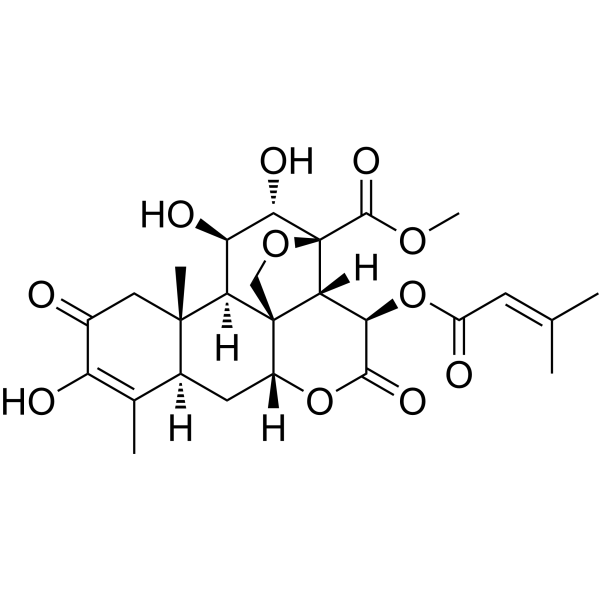

Furthermore, the free radical scavenger N-acetyl cysteine (NAC), butylated hydroxytoluene (BHT), α-tocopherol, and caspase inhibitor z-VAD-fmk were employed to further define the apoptotic mechanisms of the ATO/CMEMM treatment. Also, changes in ROS production and glutathione (GSH) levels were assessed. Apoptosis induced by combination of ATO and/or CMEMM was determined by typical apoptotic morphologic changes, cell cycle analyses, and Western blotting. In the present study, antiproliferative activity was evaluated by the trypan blue exclusion assay. įor these reasons, we investigated the capacity of CMEMM to enhance ATO cytotoxicity in human leukemia cells (HL-60, Jurkat, and Molt-3). Moreover, recent reports have demonstrated that ATO combined with natural components such as dietary isothiocyanates or flavonoids could improve the efficiency of ATO as an antileukemic drug. Since generation of a moderate prooxidant environment may offer potential therapeutic opportunities in human leukemia cells, it will be a good strategy to enhance ATO cytotoxicity by adding a prooxidant agent. In addition, our preliminary study showed that the CMEMM-induced apoptosis in human leukemia cells might result from elevation of intracellular reactive oxygen species (ROS). macrocarpa (CMEMM) exerts antileukemic effects by induction of apoptosis in HL-60 human leukemia cells in vitro and in vivo, providing thus scientific support of its putative clinical efficacy. A previous study has reported that crude methanolic extract of M. In folk medicine, dried stems of this plant have been used to fortify blood circulation for various hematologic and circulatory related ailments. Mucuna macrocarpa Wallich (Leguminosae) is a large woody climber distributed throughout Taiwan and Southeastern Asia. However, clinical trials indicate that ATO as a single agent has not demonstrated significant benefit in a variety of non-APL hematological malignancies. Therapeutic benefits of ATO treatment involve antiproliferation, antiangiogenesis, promotion of differentiation, and induction of apoptosis in a wide variety of malignancies, including both hematologic cancer and solid tumors. In addition, in vitro studies showed that ATO apparently affected numerous intracellular signal transduction pathways to alter cellular functions. The combination of ATO and all- trans retinoic acid is a very effective new strategy for APL patients who are unable to tolerate conventional therapy. In recent years, the clinical efficacy of arsenic trioxide (ATO) has been well characterized in the treatment of newly diagnosed and relapsed acute promyelocytic leukemia (APL).

Because it is both a therapeutic agent and a poison, arsenic was used only to treat severe diseases with the principle of “taming an evil with a toxic agent” in TCM. More than 2,000 years ago, it was first used to treat various diseases from syphilis to cancer. IntroductionĪrsenic is one of the oldest drugs in both Western and traditional Chinese (TCM) medicines. In summary, these results suggest that ATO/CMEMM combination treatment exerts synergistic apoptosis-inducing effects in human leukemic cells through a ROS-dependent mechanism and may provide a promising antileukemic approach in the future. The ATO/CMEMM-induced activation of caspase-3 and caspase-9 can be blocked by NAC. The antioxidants N-acetyl cysteine (NAC), butylated hydroxytoluene, and α-tocopherol prevented cells from ATO/CMEMM-induced apoptosis. Such combination treatments also led to elevation of reactive oxygen species (ROS).

Apoptosis triggered by ATO/CMEMM treatment was confirmed by accumulation of cells in the sub-G 1 phase in cell cycle analyses, characteristic apoptotic nuclear fragmentation, and increased percentage of annexin V-positive apoptotic cells. Results indicated that the combination of 2.5 μM ATO and 50 μg/mL CMEMM synergistically inhibited cell proliferation in HL-60 and Jurkat cell lines. Human leukemia cells HL-60, Jurkat, and Molt-3 were treated with various doses of ATO, CMEMM, and combinations thereof for 24 and 48 h. The objective of this study was to examine the potential of enhancing the antileukemic activity of arsenic trioxide (ATO) by combining it with a folk remedy, crude methanolic extract of Mucuna macrocarpa (CMEMM).


 0 kommentar(er)
0 kommentar(er)
